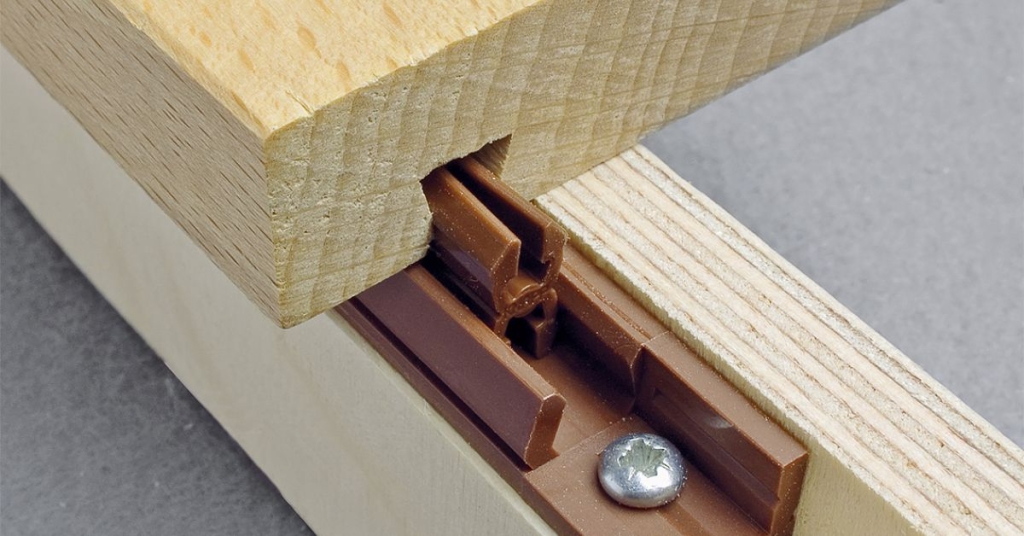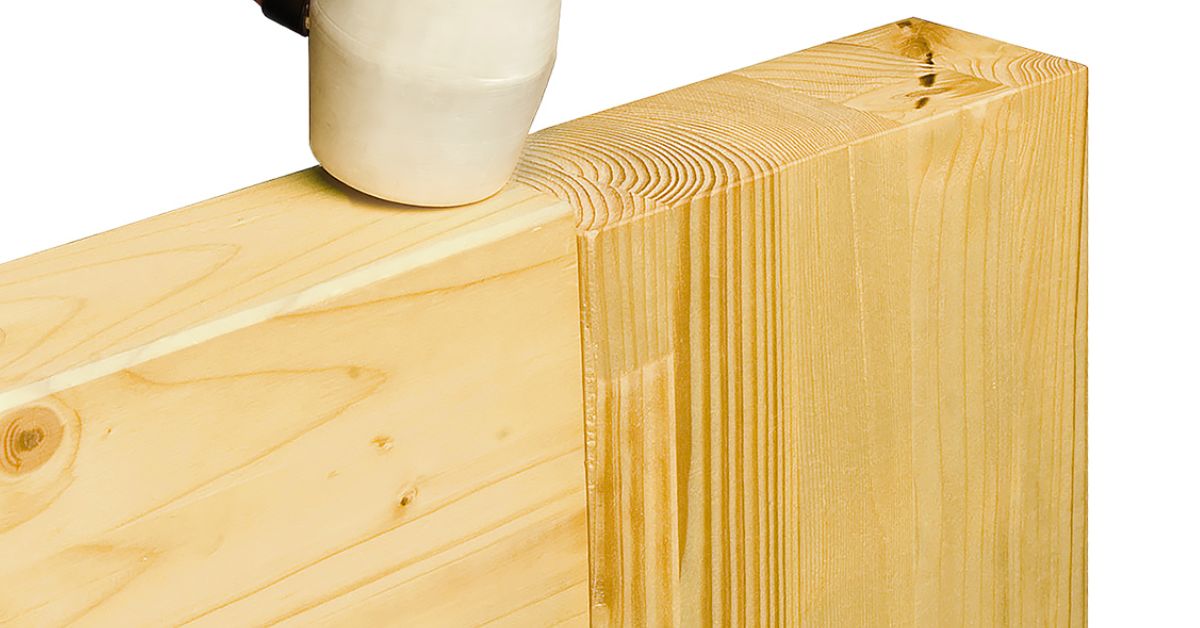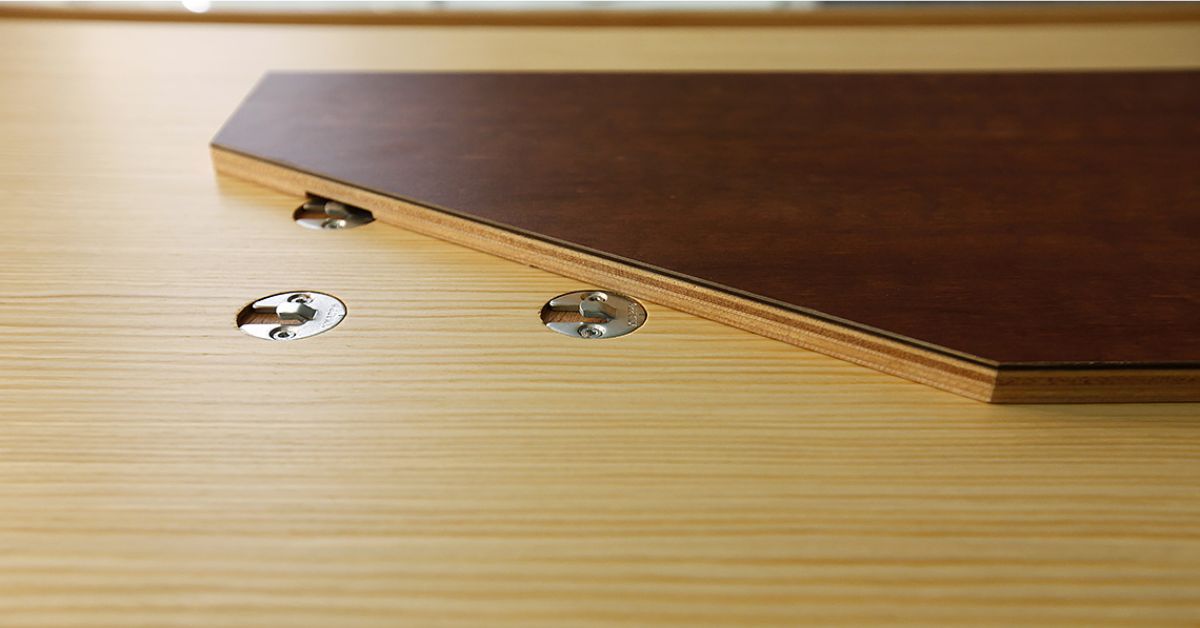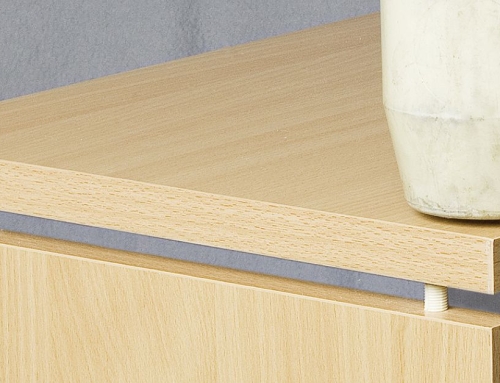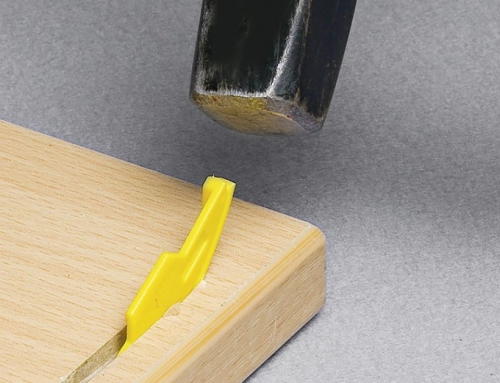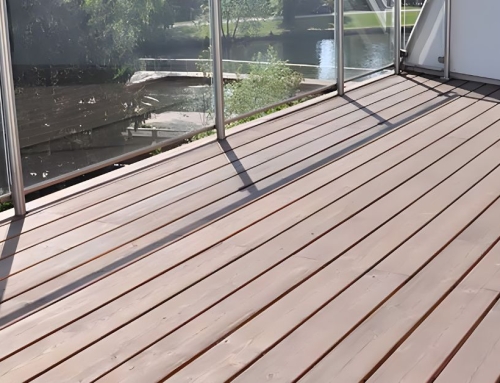Whether you’re building a simple bookshelf or an intricately designed piece of furniture, choosing the right fasteners is the key to achieving a durable, functional, and visually appealing final product. Woodworking fasteners come in a wide variety of types, each suited to specific purposes. As you refine your craft, understanding and selecting the correct fasteners will play a massive role in the success of your projects.
Luckily for you, this guide to essential woodworking fasteners will cover the different types of fasteners every good woodworker should know. By the time you finish reading, you’ll have a solid understanding of how to get precise, professional results with the right tools in your arsenal.
What Are Woodworking Fasteners, and Why Are They Important?
Fasteners are the small but mighty components that hold your woodworking projects together. They include screws, nails, bolts, dowels, and more. Choosing the right woodworking fasteners depends on multiple factors, such as the type of wood you’re using, the stress levels the piece will endure, and the aesthetic vibe you desire.
By using low-quality or incompatible fasteners, you risk compromising the strength and appearance of your project. On the other hand, when you know what to use and how to do it, fasteners become an integral part of your design process.
The Essential Fasteners Every Woodworker Needs
Wood Screws
Wood screws are among the most versatile fasteners in carpentry. Designed specifically for use in wood, they feature coarse threads that grip the material tightly. Plus, these classic screws allow for easy assembly and disassembly when necessary.
Using wood screws is the perfect choice for projects like furniture assembly, cabinetry, and framing, especially in scenarios where you might need future repairs or modifications. These screws excel in providing strong connections without the need for adhesives. To avoid splitting your wood, use the correct screwdriver or drill bit, and always predrill your pilot holes.
Nails
Nails come in various lengths, gauges, and shapes for specific applications. They’re ideal for fast, permanent assemblies. Use nails for securing trim, framing, or joining pieces where glue or adhesives provide additional support.
Some common types of nails include:
- Finishing nails: These nails are thin and easily concealed for applications where appearance matters.
- Brad nails: Brad nails are great for delicate work, like attaching molding.
- Common nails: Rugged and suitable for heavy-duty tasks like framing, common nails are always good to have.
To achieve a stronger hold, hammer your nails at an angle. Conversely, use a nail set to avoid damaging the wood during delicate or more decorative projects.
Nuts and Bolts
Nuts and bolts work well together to create sturdy connections that are also easy to disassemble. If you’re working on a project that requires extra load-bearing capacity, using nuts and bolts is ideal. For example, you can often find nuts and bolts in large furniture pieces like bed frames, benches, or outdoor furniture.
There are two main types of bolts to consider: carriage bolts and lag bolts. Carriage bolts feature a rounded head for a cleaner finish, while lag bolts are often used for heavy-duty applications thanks to their coarse threads. Use washers to distribute pressure evenly and avoid damaging the wood. Secure bolts tightly to avoid loosening.
Pocket Hole Screws
Pocket hole screws are an easy-to-assemble staple for clean, strong joints. These screws work with pocket hole jigs to create angled connections concealed within the wood. Pocket hole screws are great for building furniture, particularly in situations where exposed screws or fasteners would detract from the overall aesthetic. However, since they have a specialized design to prevent splitting, only use screws designed specifically for pocket holes.
Dowels
With their hidden strength and beautiful finish, dowels are perfect for seamless connections. These cylindrical fasteners are inserted into predrilled holes and usually reinforced with glue. Dowels can work wonders in tables, chairs, and decorative pieces where you want invisible joints. Use a dowel jib for precise alignment. Additionally, sand your dowels slightly for easier insertion.
Anchors
Anchors work in cases where screws or bolts alone might not provide enough holding power, especially when joining wood to walls or ceilings. This durability makes anchors an excellent option for mounting shelves, cabinets, or fixtures to drywall or masonry.
Plastic anchors work best for lighter loads, but metal anchors will provide the maximum strength necessary for heavier applications. Just remember to match the anchor type to the material and weight of your installation for the best results.
Biscuits
Made from compressed wood, biscuits are another great option for hidden joints. Usually used in conjunction with a biscuit joiner, biscuits create snug, aligned connections in tabletops or panels. When used correctly, biscuits provide a smooth, flush appearance, so ensure the biscuit slots are precisely aligned for a tight fit. Use clamps to hold the joint firmly while the adhesive dries.
Glue and Adhesives
While not a fastener in the traditional sense, wood glue is indispensable for creating a strong bond between surfaces. Glue can work as a standalone adhesive or in tandem with screws, nails, or dowels to reinforce joints. Clean excess glue immediately to prevent residue from ruining your finish, and use clamps to maintain even pressure while the glue cures.
How To Choose the Right Fastener for Your Project
Selecting the appropriate fastener for your woodworking project boils down to understanding these key factors:
- Material compatibility: Use fasteners designed for the type and thickness of your wood to prevent splitting or inadequate strength.
- Joint type: Consider whether you need a permanent or temporary joint. Screws and bolts allow for disassembly, while glue and dowels are a more permanent solution.
- Environmental conditions: If yours is an outdoor project, select corrosion-resistant fasteners like galvanized nails, stainless steel screws, or coated bolts.
Mistakes To Avoid When Using Fasteners
- Skipping pilot holes: Predrilling reduces the risk of wood splitting, so always use a drill to create pilot holes before inserting screws or bolts.
- Overtightening: Tightening fasters too much can weaken joints or damage wood. Stop once the fastener feels secure.
- Using the wrong materials: For optimal results, choose fasteners compatible with the wood you’re using and the environmental conditions you’re in.
The right fasteners can elevate your woodworking game. Come back to this guide to essential woodworking fasteners whenever you feel unsure about which type to use. Whether you’re crafting a sturdy framework or a delicate decorative piece, once you know the strengths and applications of fasteners like screws, nails, bolts, and dowels, you’ll notice a big difference in the functionality and aesthetics of your projects.
Ready to get started on your next woodworking project? Head on over to Knapp Connectors to find the perfect fasteners to meet your needs.

